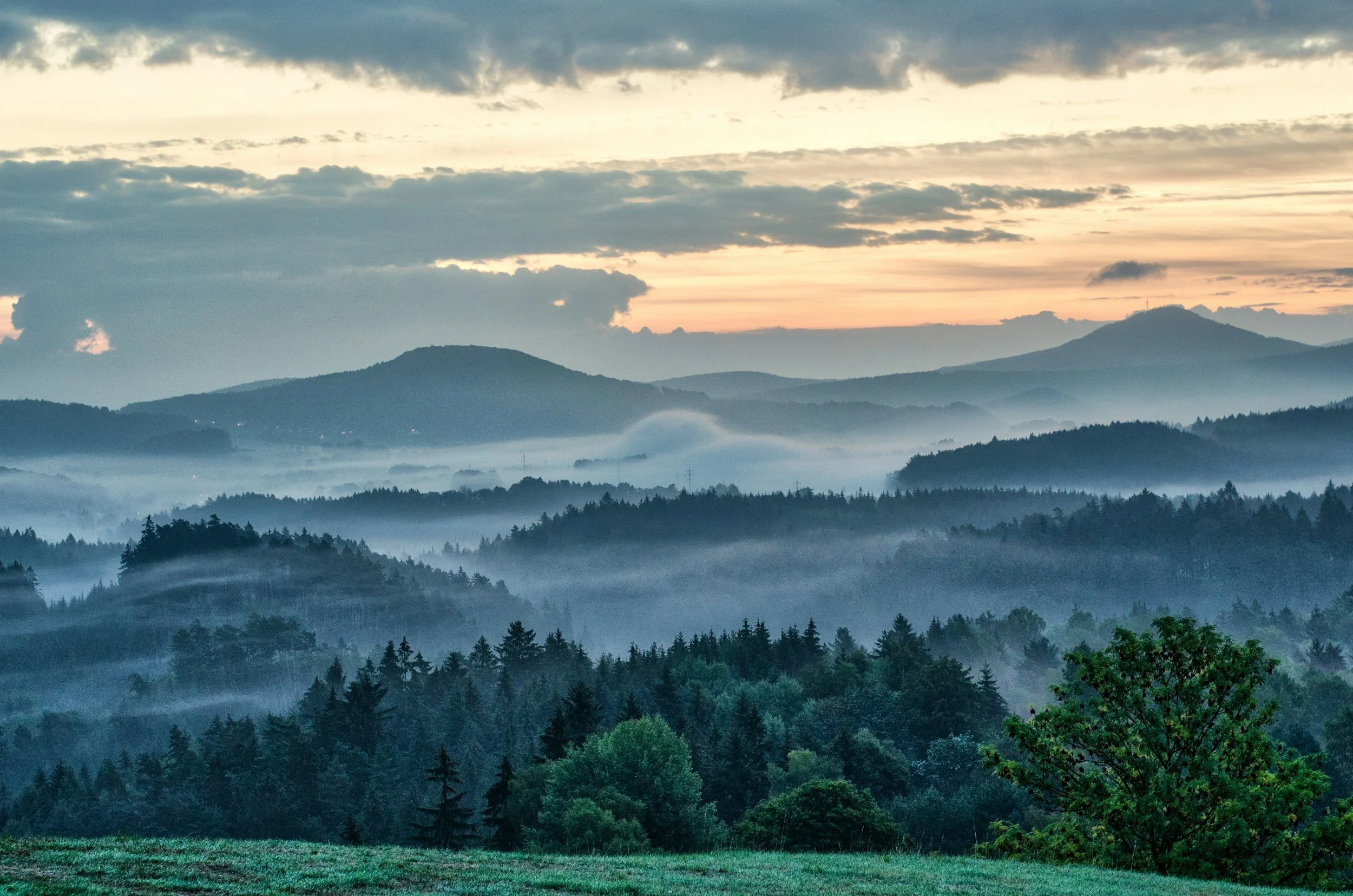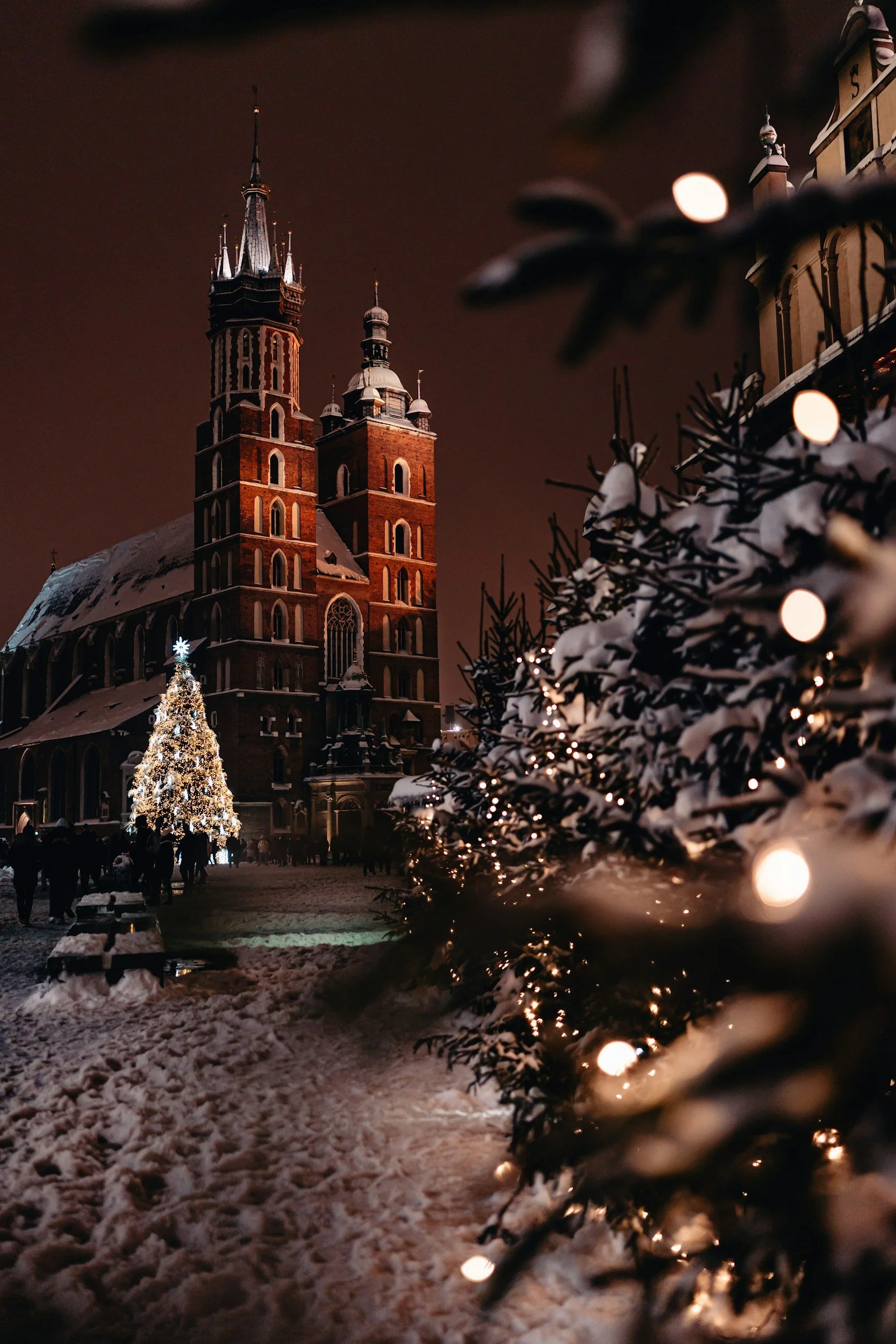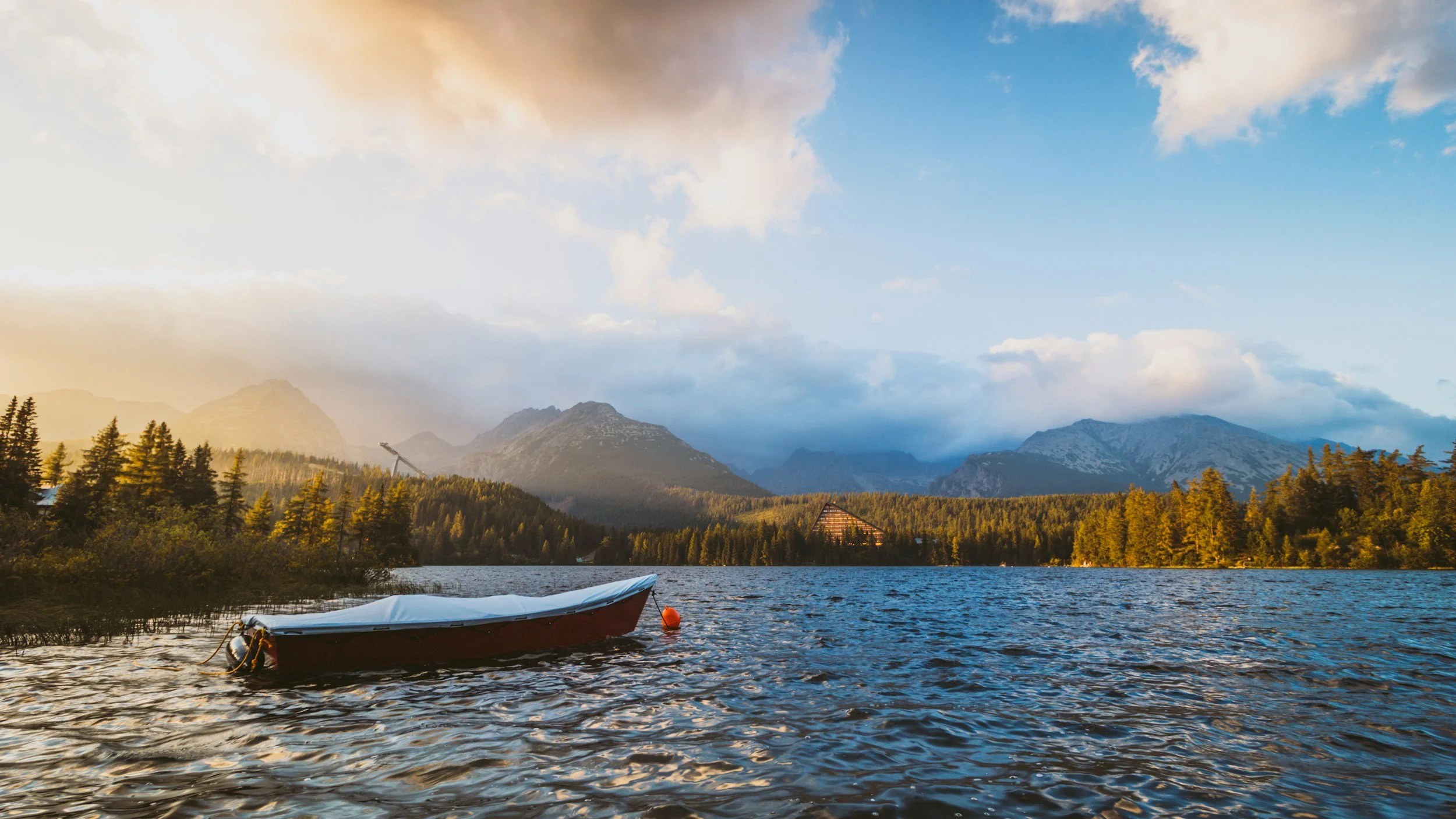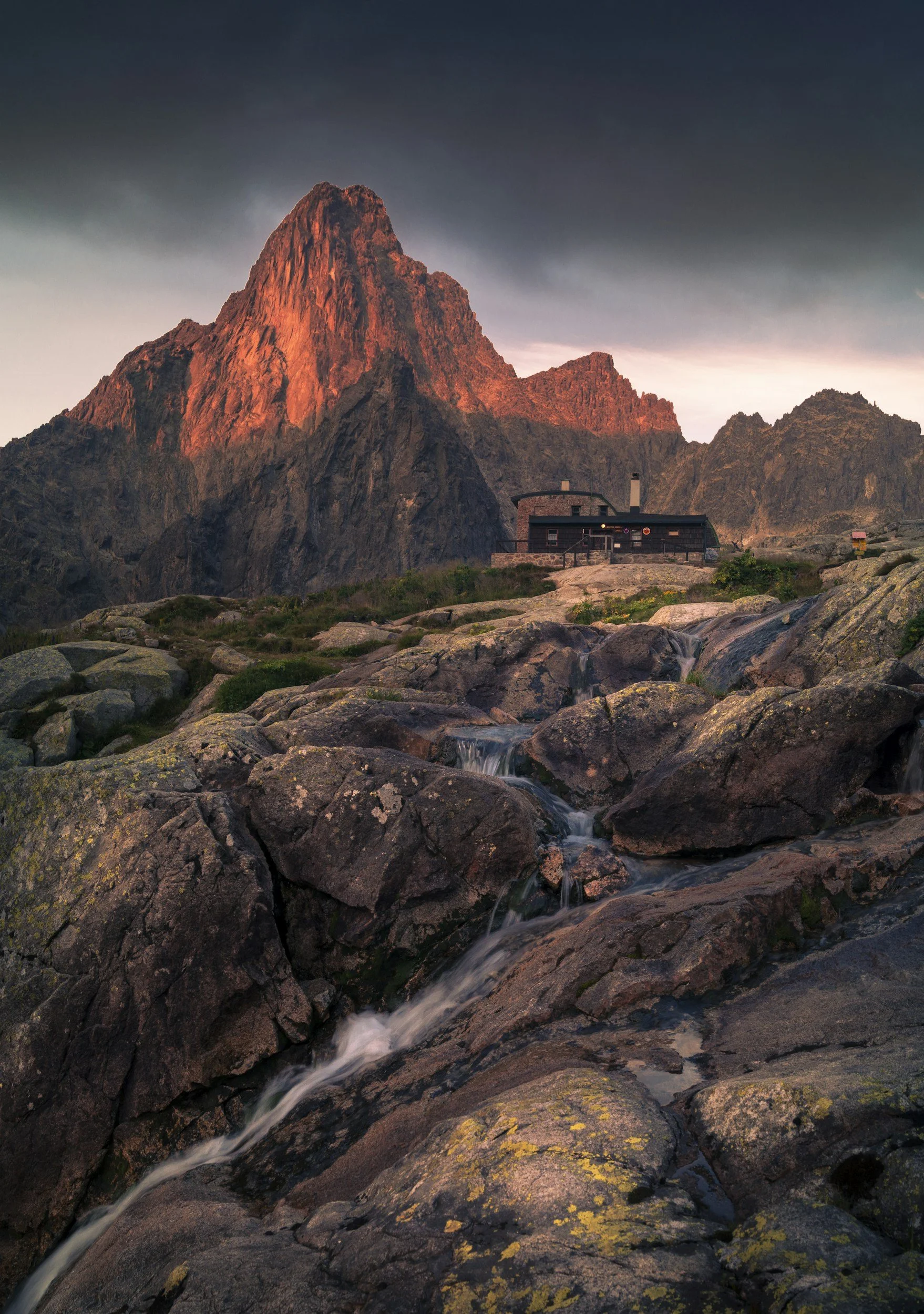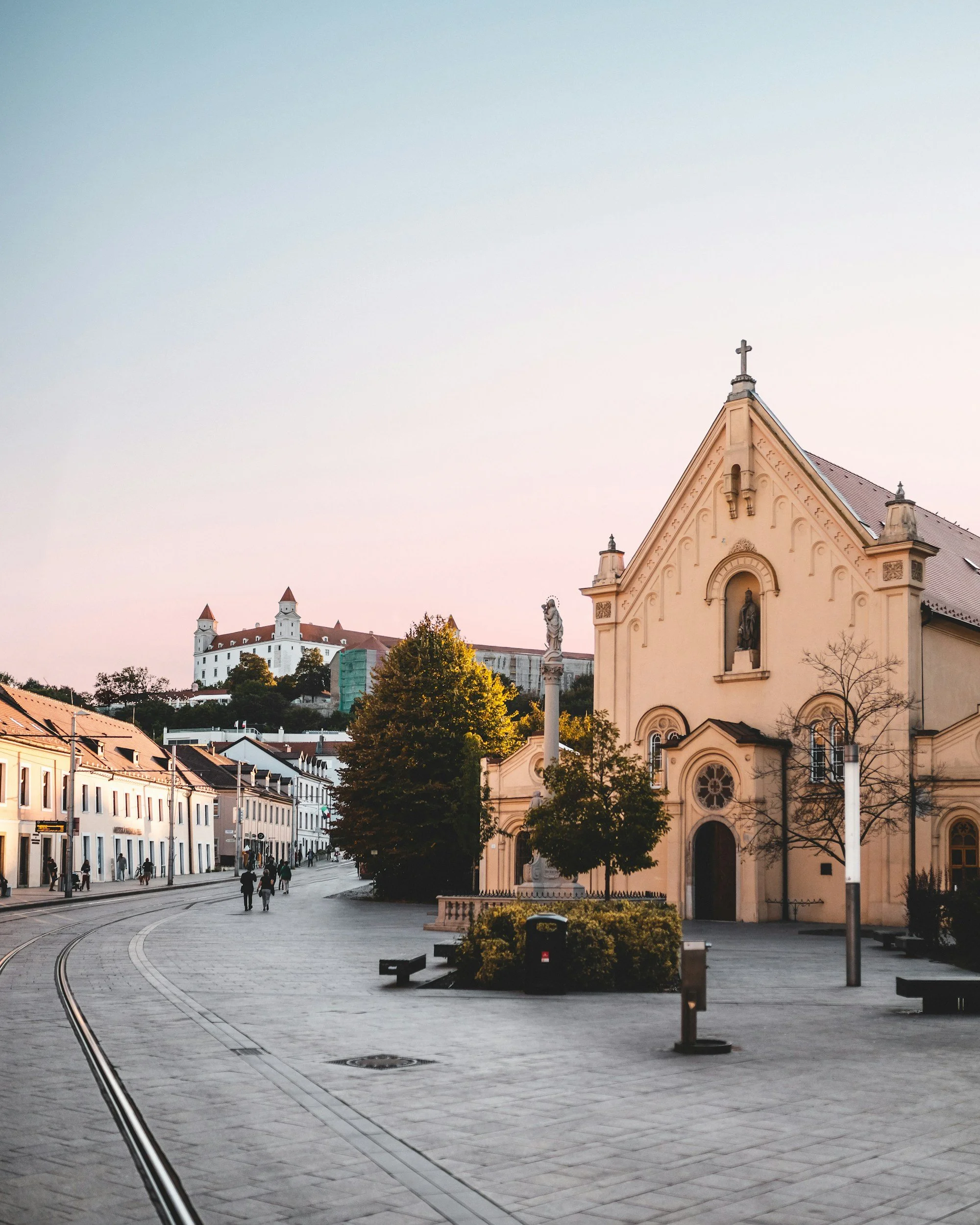
Filming in Central Europe
Central Europe offers a compact concentration of baroque cities, medieval towns, and dramatic natural settings, combining visual richness with cost efficiency. Productions can transition seamlessly between Prague’s Gothic and baroque skyline, Kraków’s Renaissance market square and Wawel Castle, Budapest’s palatial riverfront along the Danube, and Slovakia’s High Tatras with alpine peaks, lakes, and forests. The region, covering Czechia, Hungary, Poland, and Slovakia, has become a global hub for filmmaking thanks to its robust incentive schemes, skilled crews, and reliable production infrastructure. With architectural depth spanning from medieval castles and Austro-Hungarian boulevards to Communist-era monuments and modern urban districts, Central Europe accommodates Cold War thrillers, medieval sagas, contemporary dramas, and high-concept fantasy at competitive costs. Strong national film commissions and experienced service providers ensure efficiency, while the diversity of landscapes and cities within short travel distances makes Central Europe one of the most dependable and versatile production bases in the world.
Czechia offers one of Europe’s richest concentrations of historical architecture and atmospheric landscapes, making it a long-standing favorite for international productions. Prague alone provides the Gothic towers of Charles Bridge, the astronomical clock in Old Town Square, and winding medieval alleys that can double for cities across Europe. Beyond the capital, Český Krumlov enchants with its fairy-tale castle and baroque theatre, Karlštejn Castle dominates the hills with Gothic majesty, and the Moravian Karst opens into dramatic cave systems and underground rivers. The Sedlec Ossuary in Kutná Hora adds macabre intensity with its baroque bone décor, frequently used in horror or symbolic narratives. Czechia’s reputation for historical authenticity, combined with competitive production costs, skilled crews, and an extensive network of costume and prop suppliers, makes it an adaptable hub for period dramas, fantasy epics, and thrillers. BARAMON collaborates with the Czech Film Fund to access cash rebates, secures filming permits in sensitive heritage sites including churches and caves, and contracts leading costume and set specialists to deliver productions with both efficiency and authenticity.
Hungary combines monumental architecture, pastoral traditions, and diverse landscapes, making it one of Central Europe’s most versatile filming destinations. Budapest anchors productions with the grandeur of Buda Castle, the neo-Gothic spires of the Hungarian Parliament Building on the Danube, and the panoramic terraces of Fisherman’s Bastion, often doubling for other European capitals. Beyond the city, Lake Balaton stretches as an inland sea with horizons ideal for travel features and romantic dramas, while the Puszta Great Plain and the Hortobágy National Park provide sweeping steppe vistas, shepherding traditions, and equestrian culture well-suited to historical epics and survival narratives. The Tokaj wine region adds authenticity for culinary or heritage films with its centuries-old vineyards and cellars. Hungary supports productions with a generous 30% rebate, strong studio facilities, and internationally seasoned crews. BARAMON works closely with the National Film Institute Hungary to secure incentives, arranges horse-wrangler and animal safety services for Puszta shoots, and engages local winemakers and cultural consultants to ensure culinary and folkloric accuracy on screen.
Poland offers a powerful blend of historical depth and natural variety, making it a cornerstone of Central European filmmaking. Kraków’s Old Town and Wawel Castle anchor Renaissance and medieval narratives, while Warsaw juxtaposes its meticulously reconstructed Old Town with a modern skyline of glass towers, ideal for political dramas or contemporary thrillers. The UNESCO-listed Wieliczka Salt Mine provides vast subterranean chambers carved into chapels and halls, unique for fantasy or symbolic storytelling. To the south, the Tatra Mountains and the resort town of Zakopane deliver alpine settings and folkloric architecture suited to adventure films and winter sequences, while the Masurian Lakes region contributes forested waterways and pastoral tranquility for travel documentaries or romances. Poland’s strong national and regional film funds support productions ranging from historical epics to nature documentaries, complemented by competitive costs and experienced crews. BARAMON collaborates with the Polish Film Institute to access incentives, secures permits for filming in protected mines and mountain reserves, and partners with regional folk ensembles to ensure authentic integration of Poland’s cultural traditions on screen.
Slovakia offers a striking mix of alpine landscapes and medieval heritage, giving productions access to both natural spectacle and historic depth. Bratislava anchors the country with its hilltop castle overlooking the Danube and an Old Town of Gothic, baroque, and Renaissance façades. The High Tatras provide soaring peaks, alpine lakes such as Štrbské Pleso, and ski resorts ideal for adventure or survival narratives, while Bojnice Castle, often cited as one of Europe’s most romantic castles, lends itself to fairy-tale or fantasy settings. Slovak Paradise National Park enriches productions with dramatic gorges, waterfalls, and forest canyons, while the UNESCO-listed town of Banská Štiavnica, rooted in centuries of mining history, adds authenticity for period and industrial-era stories. These environments support genres from fairy tales and fantasy sagas to mountaineering dramas and ecological documentaries. Slovakia combines competitive costs with skilled crews and growing infrastructure. BARAMON collaborates with the Slovak Audiovisual Fund to secure incentives, arranges mountain safety and climbing teams for alpine shoots, and engages historical consultants to ensure accuracy when working with heritage locations.


